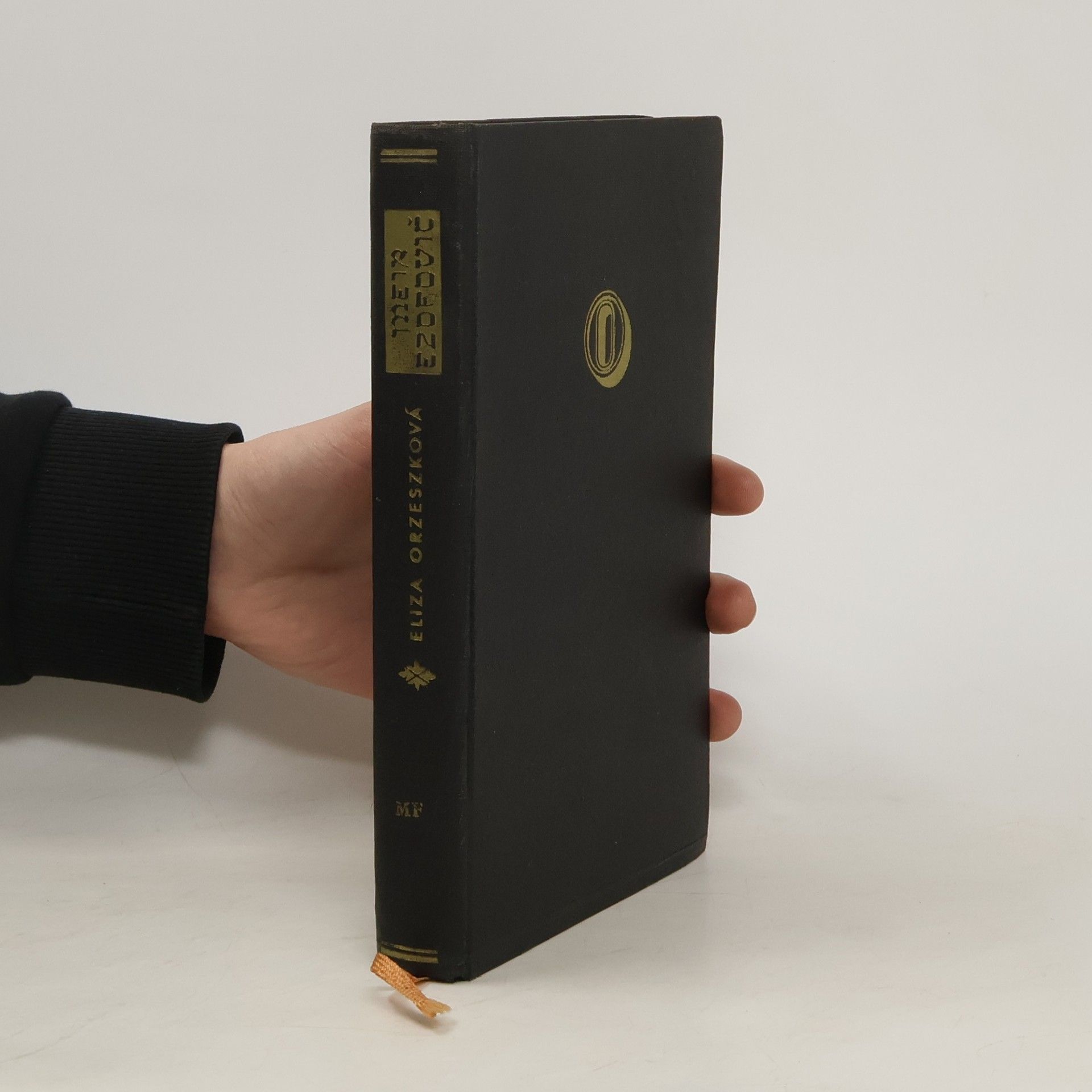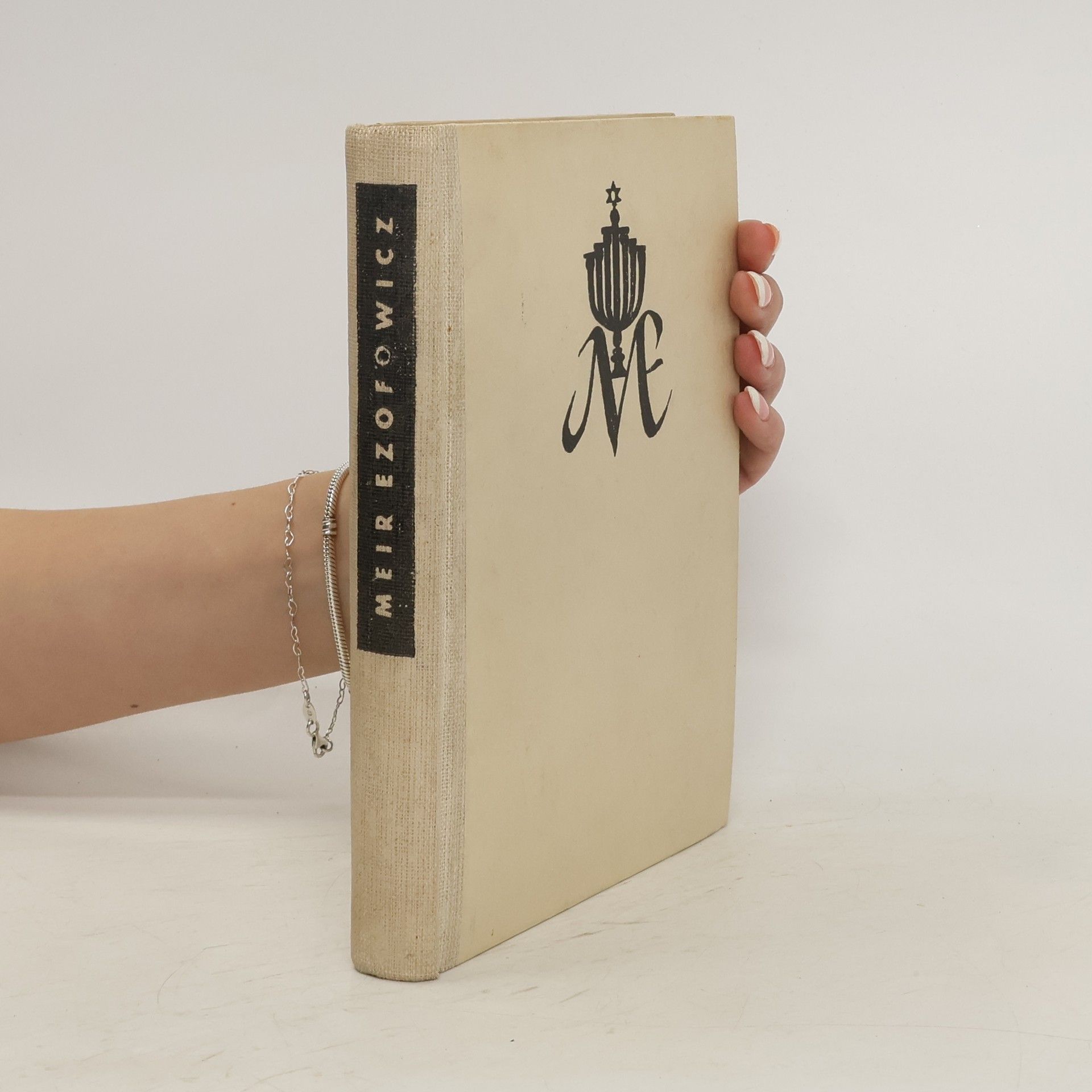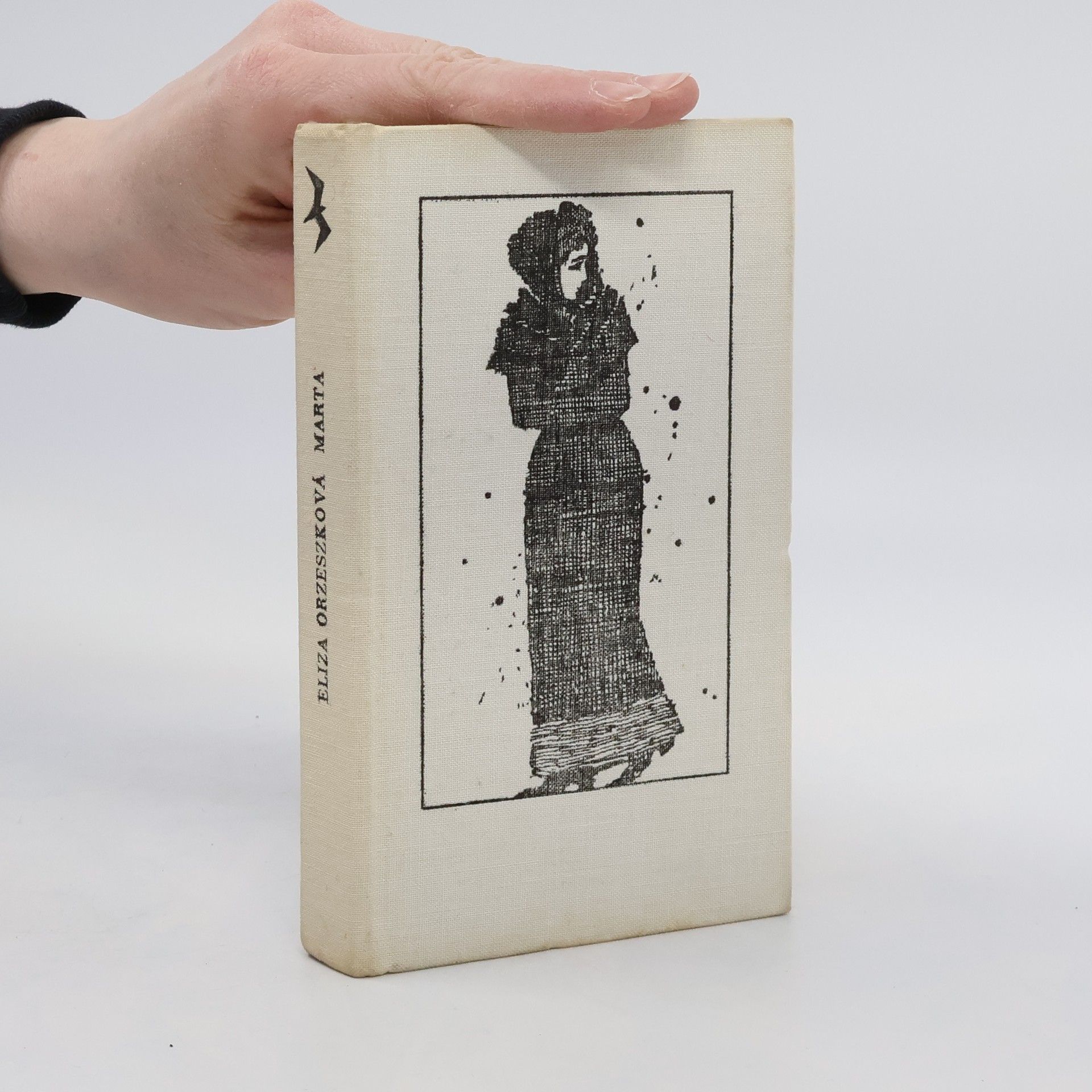Noch Ende des 19. Jahrhunderts wird in einem polnischen Dorf die heilkundige Petrusia erschlagen, weil man sie der Hexerei verdächtigt. Doch die Täter müssen sich vor Gericht verantworten
Orzeszkowa Eliza Bücher
Eliza Orzeszkowa war eine polnische Romanautorin und eine führende Vertreterin der positivistischen Bewegung während der Teilungen Polens. Ihre Werke setzen sich oft mit sozialen Problemen und dem Leben einfacher Menschen in schwierigen Zeiten auseinander. Mit ihrer Prosa trug sie maßgeblich zur Gestaltung der polnischen Nationalidentität und zur literarischen Landschaft des Realismus bei.

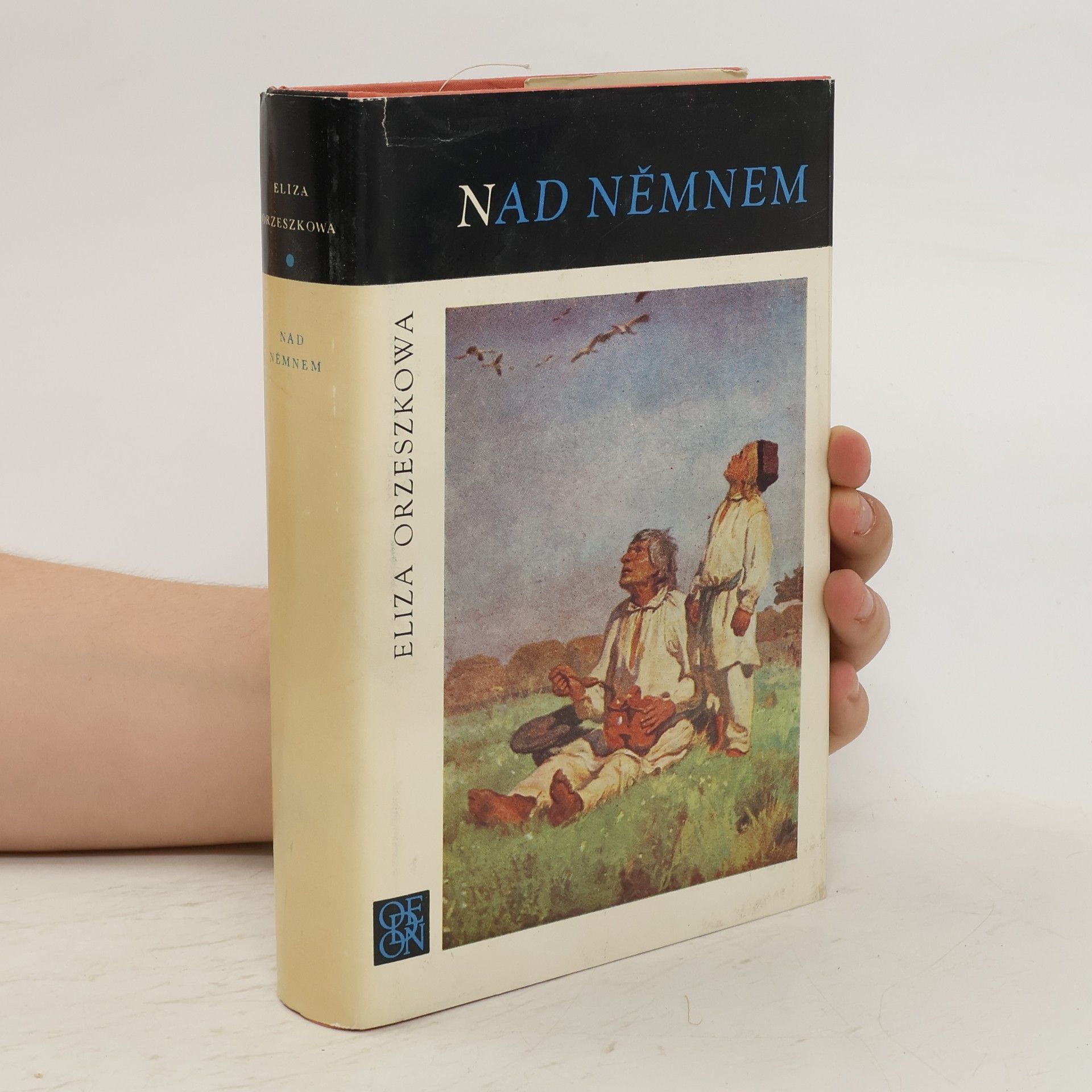

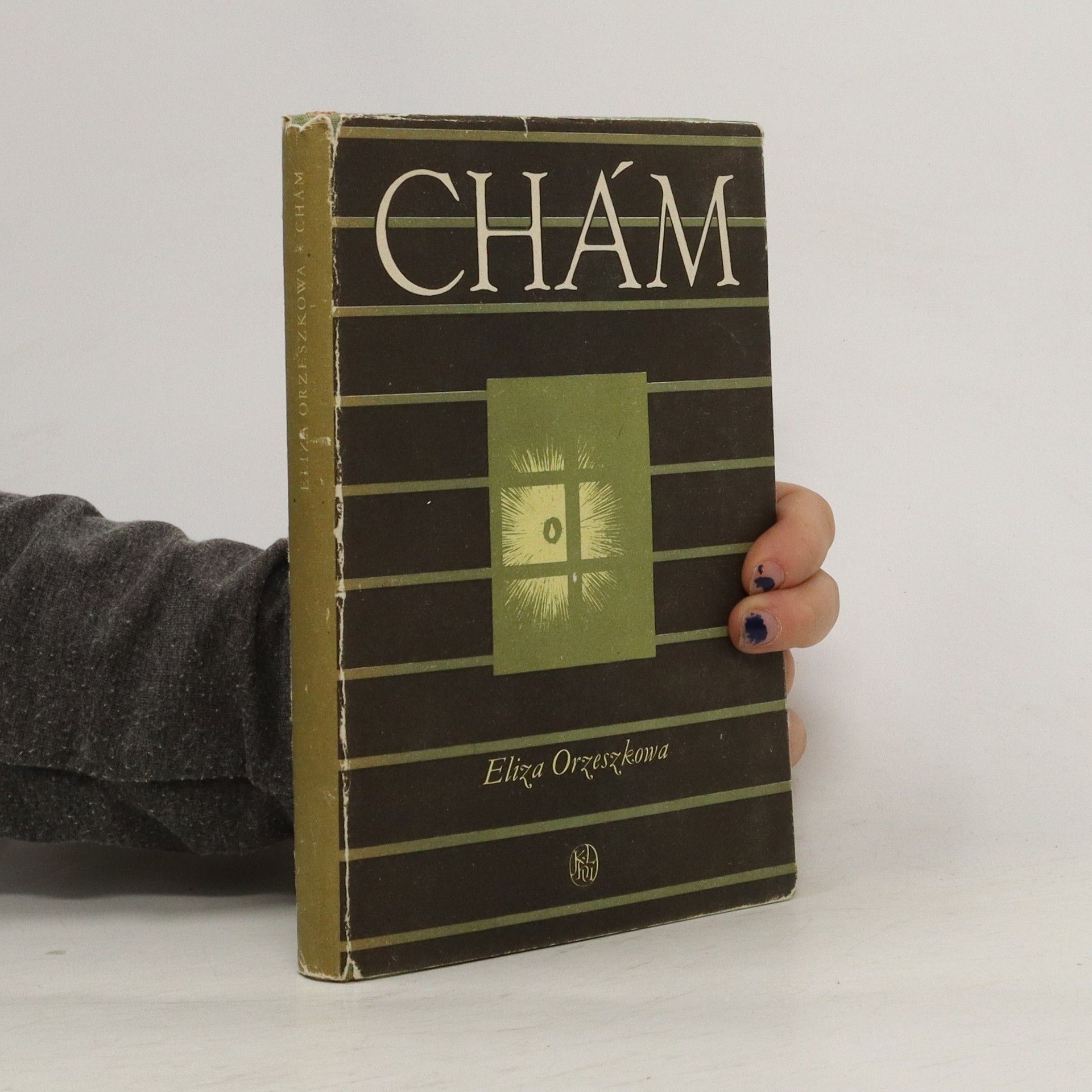

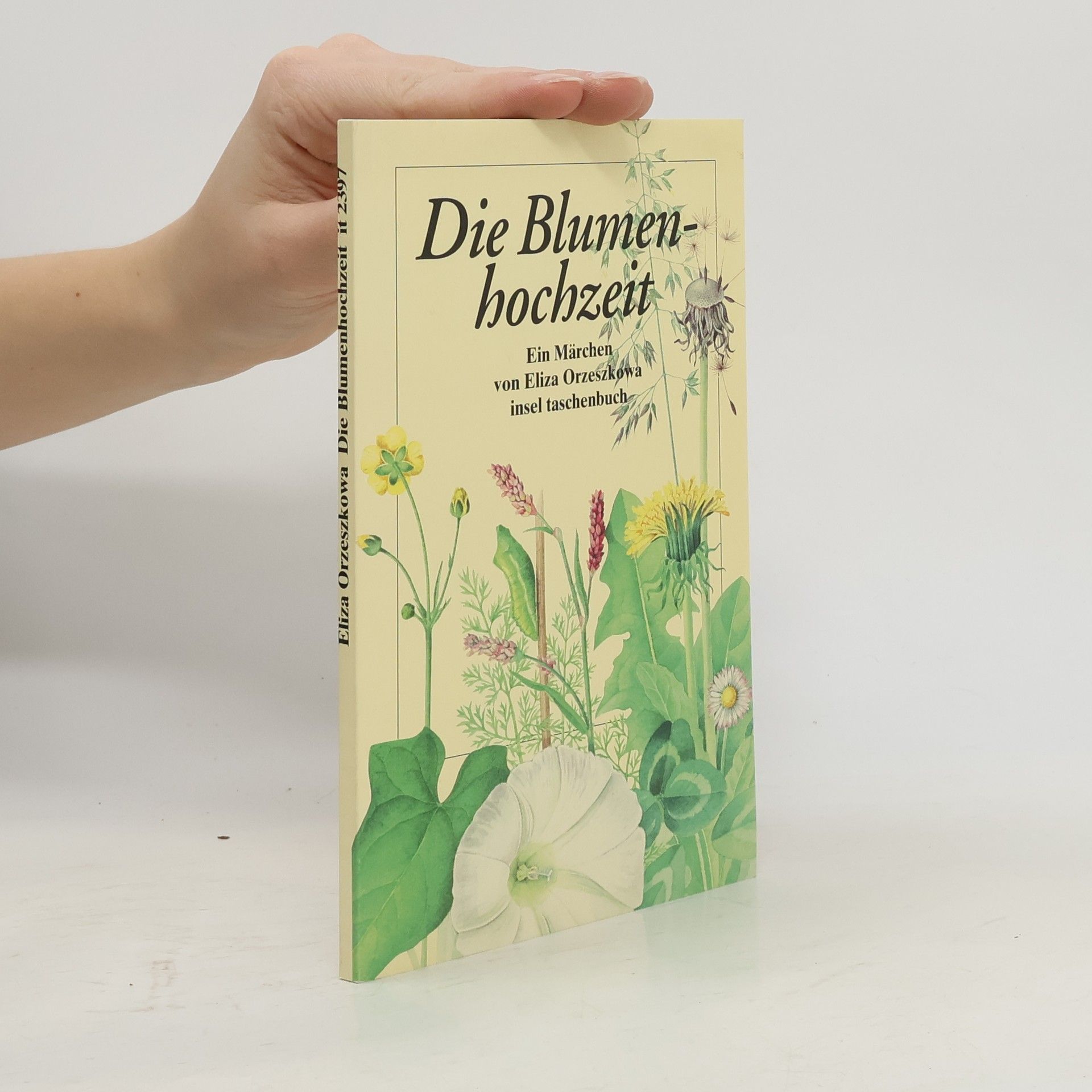
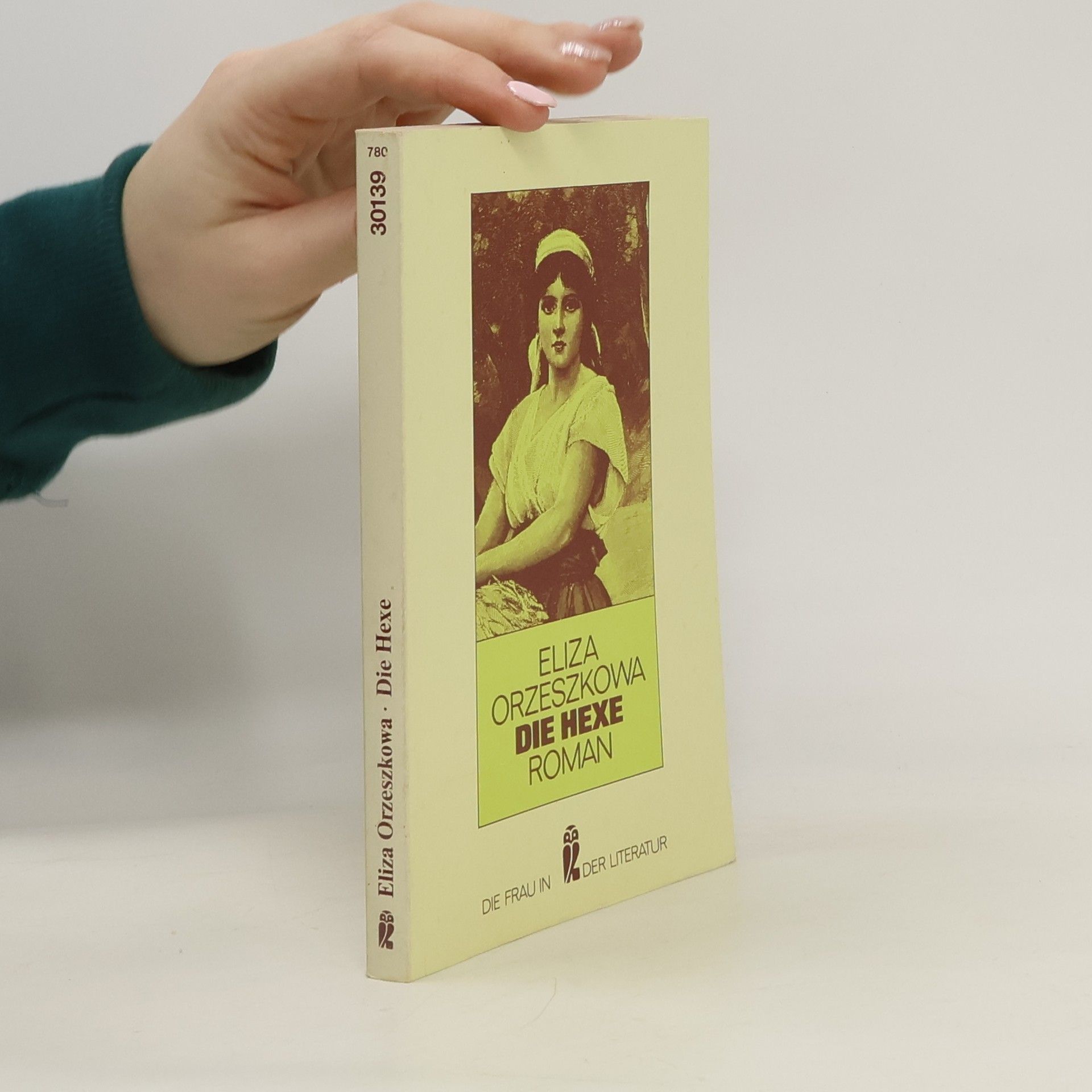
Die Blumenhochzeit
Ein Märchen
Komplet trzech tomów: - Myślenie Obywatelskie, Żydzi, Kwestia Kobieca - Rozprawy, Studia, Artykuły - Felietony, Korespondencja, Recenzje, Przemówienia Eliza Orzeszkowa jakiej nie znamy! 90 tekstów o różnej objętości, formie i przede wszystkim tematyce (m.in. Patriotyzm i kosmopolityzm, O Żydach i kwestii żydowskiej, Kilka słów i kobietach, ale też list o zaćmieniu Słońca!) daje przegląd najważniejszych tematów, o jakich Polacy dyskutowali w II połowie XIX wieku na ówczesnych forach publicznych; jest to więc niejako kulturowy portret naszego społeczeństwa tego okresu. Wprawdzie większość materiału za życia autorki ukazała się w prasie (lub formie broszury), ale potem nie była już nigdy wznawiana. Jedna czwarta tekstów to zaś absolutny rarytas wydobyte z archiwów rękopiśmienne inedita, dotąd nieznane czytelnikom. Artykuły zostały opatrzone przejrzystym aparatem krytycznym, ułatwiającym lekturę zarówno na poziomie naukowym, jak i popularnym (noty z krótką historią powstania każdego tekstu, przypisy i komentarze o charakterze historyczno- kulturowym). Obejmująca całą twórczą biografię Orzeszkowej, trzytomowa, edycja Publicystyki społecznej autorstwa Orzeszkowej została opracowana przez Grażynę Borkowską i Iwonę Wiśniewską z Instytutu Badań Literackich PAN.
Eliza Orzeszkowa, prohlásil velký polský kritik, připomíná ty hrdinské ženy z pohraničních oblastí, které se samy chápaly zbraně, když mužové byli na vojně nebo zahynuli.Zbraní mladé ženy se stalo pero. její první povídka Obrázek z hladovýchlet (1866) zahajuje řadu próz, které dovedouvyhmátnout nejpalčivější dobové problémy a vidět velmi realisticky zlo, křivdu a jejich příčiny, ale zároveň odmítají plané slzy a hledají cestu k nápravě nebo možnost záchrany. Román Nad Němnem (1887), autorčino nejvyzrálejší dílo, rovněž není idylou. Rámec sice tvoří překrásná litevská příroda, pole, lesy a zejména řeka Němnem, která provází v slunci i za bouře práci a sny svých pobřežních souputníků - ale život na tomto krásném kousku země je plný rozporů, bolesti a nepochopení. Proti sobě tu stojí otcové a děti, trosečníci a bouřliváci, zahálčiví, nudící se aristokraté a vesničani, kteří si tvrdou prací dobývají chleba. Hlavními hrdiny jsou dva mladí lidé, Justina a Jan, kteří si musí své štěstí vydobýt navzdory všem předsudkům svého okolí.Orzeszkova tak vytvořila román, který se právem řadí mezi umělecky výrazná,čtenářsky přitažlivá a nestárnoucí díla nejen polské,ale i světové literatury
Klasický román polské literatury, který dává nahlédnout do zvláštností židovského společenského života. Příběh z minulého století se odehrává v malém polském městečku s výlučně židovským obyvatelstvem. V postavě vzdělaného mladíka Meira Ezofoviče, který nebojácně hlásá svéodlišné názory proti všeobecným zvyklostem a je za to stižen prokletím a vyobcováním, je zosobněn typ vášnivého hledače pravdy. Třebaže v dramatickém zápase podlehne orthodoxnímu rabínovi Todrosovi a jeho fanatickým přívržencům, srdce lidu si získal dokonale a svým příkladem vyvolává v život další utajené pokrokové síly.
román so sympatickým židovským mladíkom, ktorý sa prediera ku svetlu z tmy náboženského fanatizmu...
Kniha opisuje tragický príbeh Marty, ženy úradníka. Po manželovej smrti zostáva aj s dcérou Janciou, ktorá ochorie. Z bezvýchodiskovej životnej situácie nemôže nájsť východisko. Je bez prostriedkov, bez práce.
Nad Niemnem. Lektura z opracowaniem
- 399 Seiten
- 14 Lesestunden
W zacisznym i przytulnym dworze korczyńskim mieszka piękna, ale uboga szlachcianka, Justyna Orzelska. Ma już za sobą nieszczęśliwe uczucie do Zygmunta Korczyńskiego, bogatego kuzyna, kt�ry ją porzucił. Czy tym razem Justyna dobrze ulokuje swoje uczucia? Czy dziewczyna potrafi docenić szczerą miłość Jana Bohatyrowicza?
